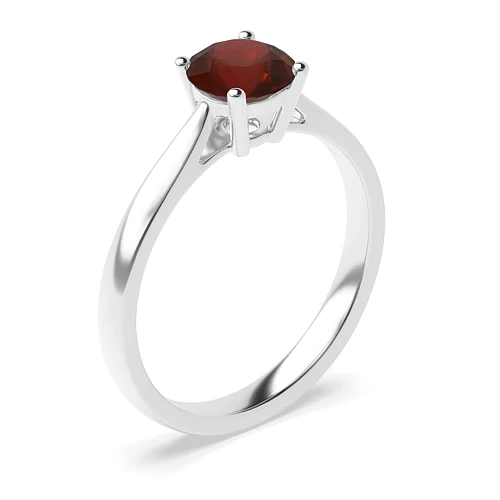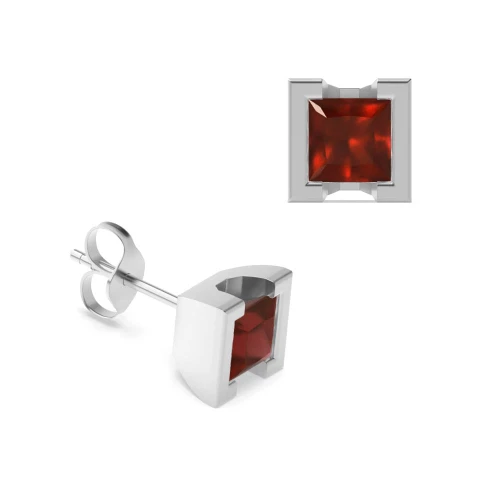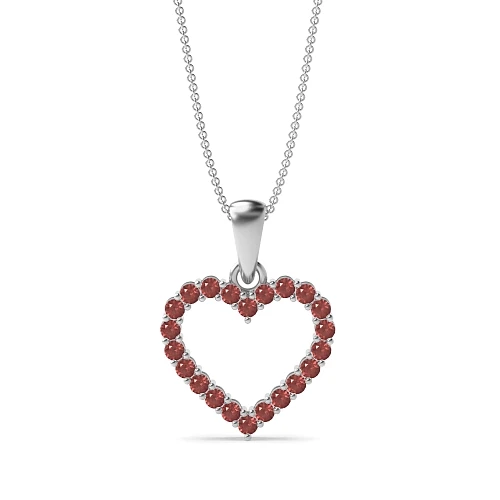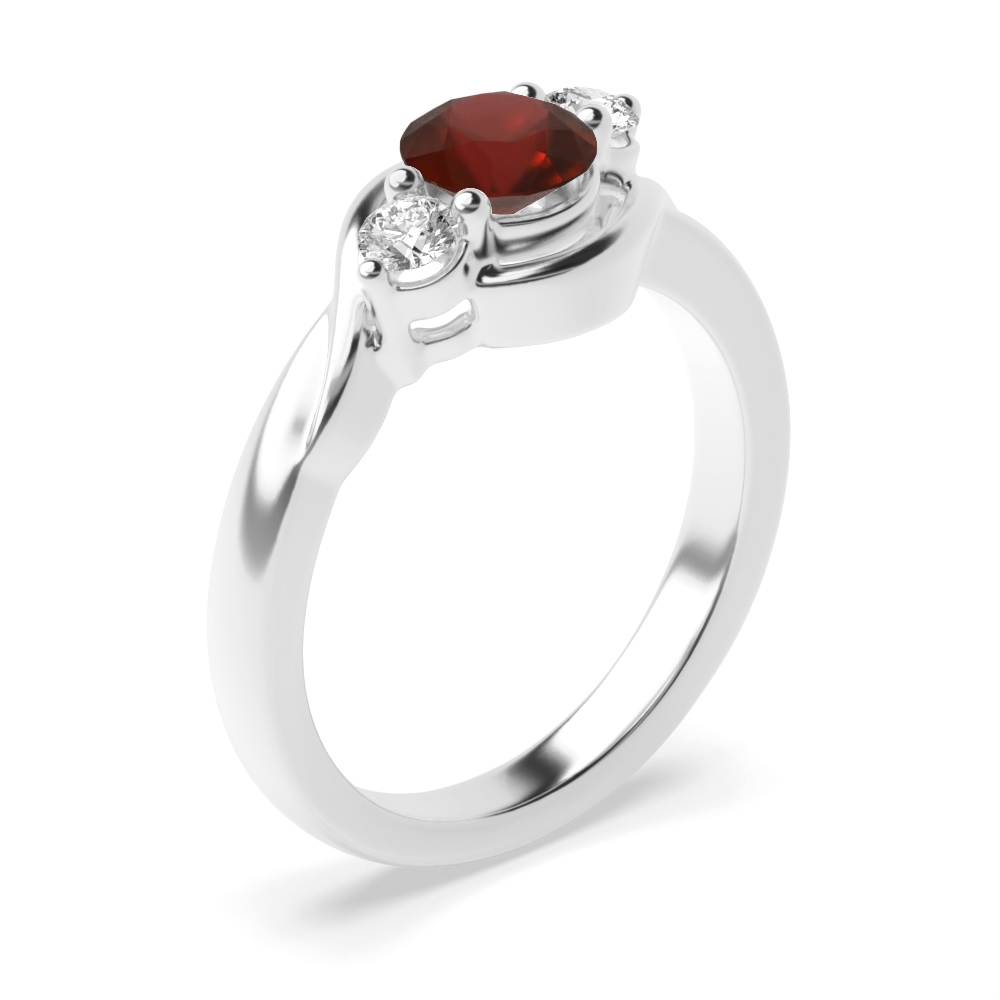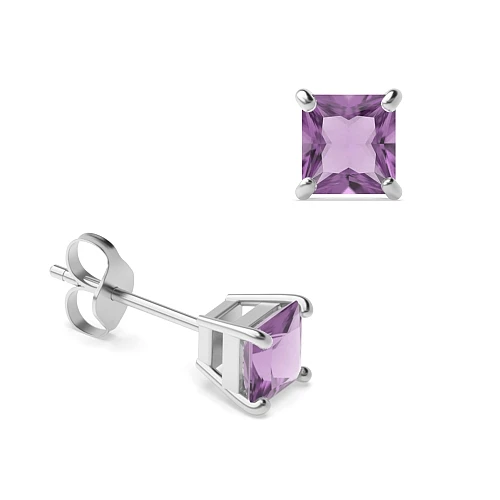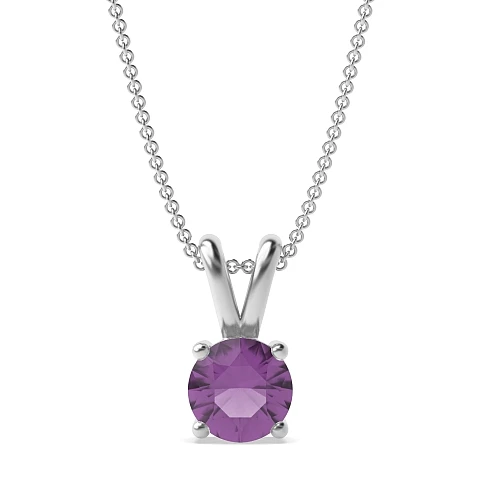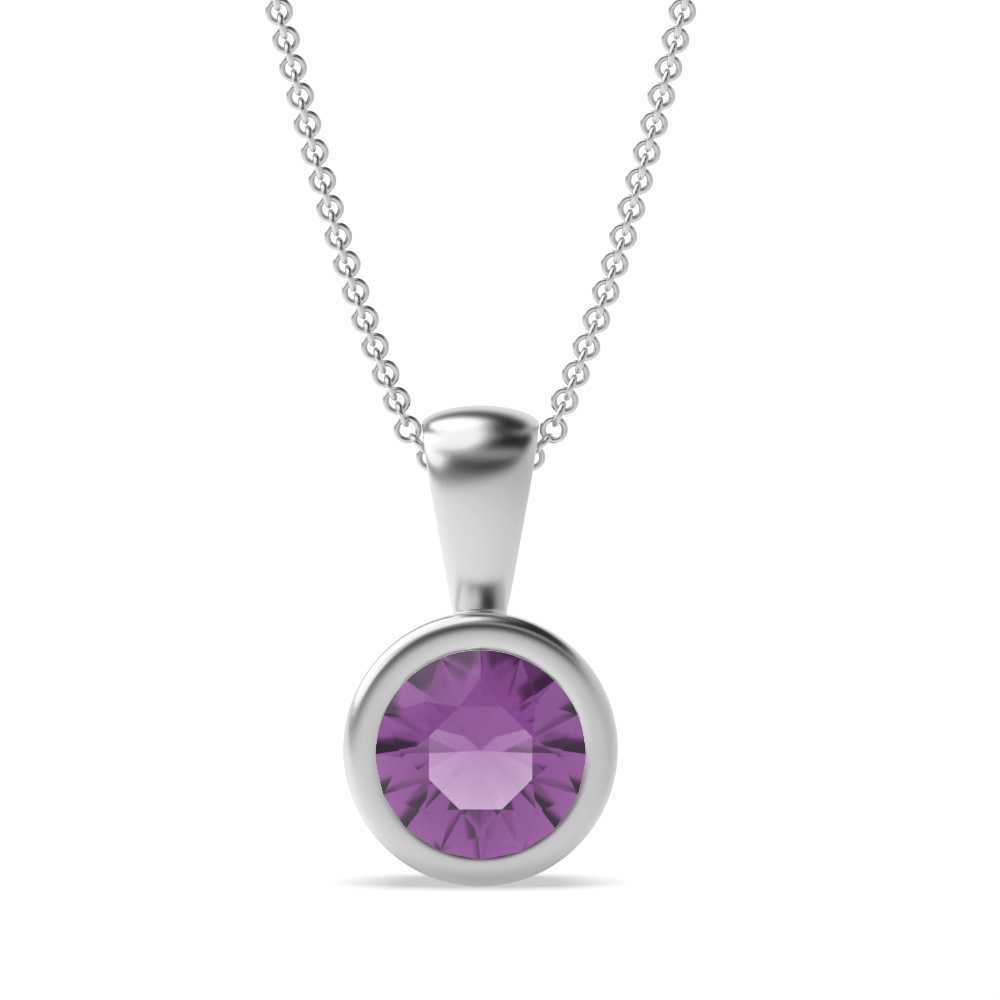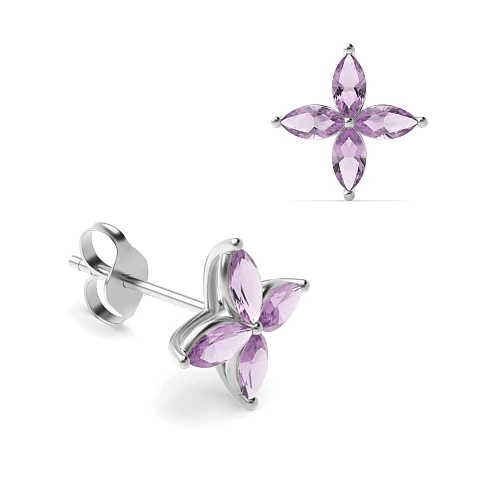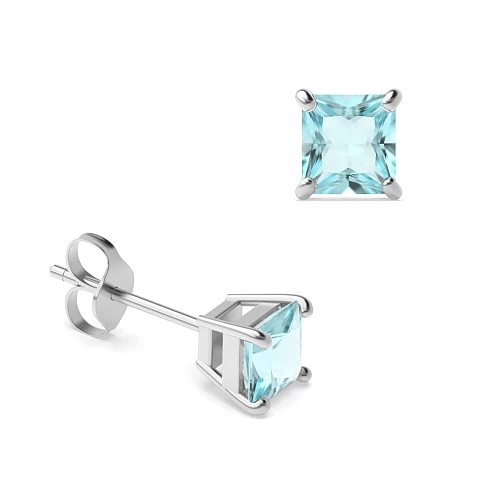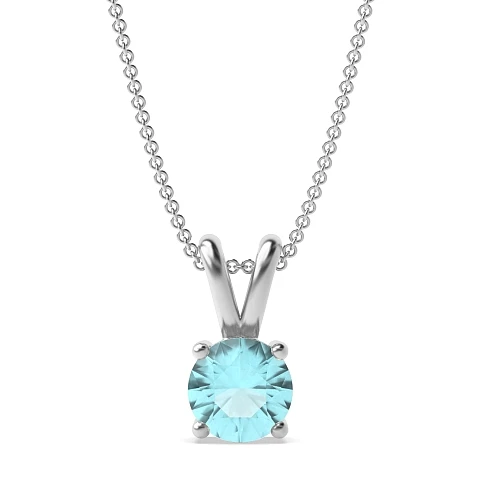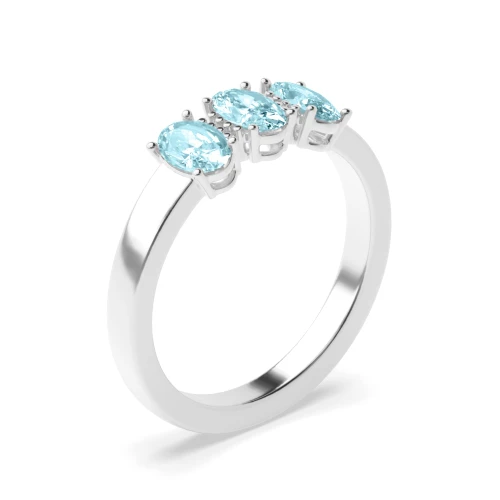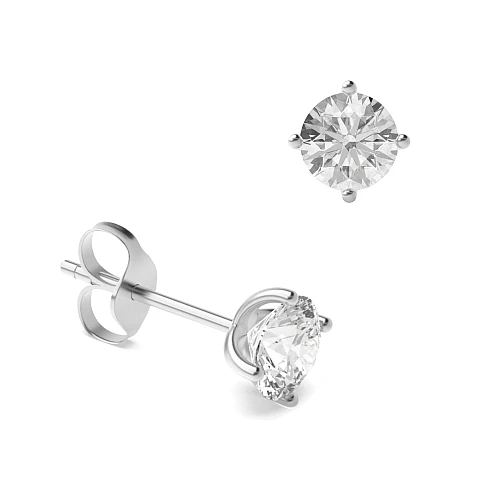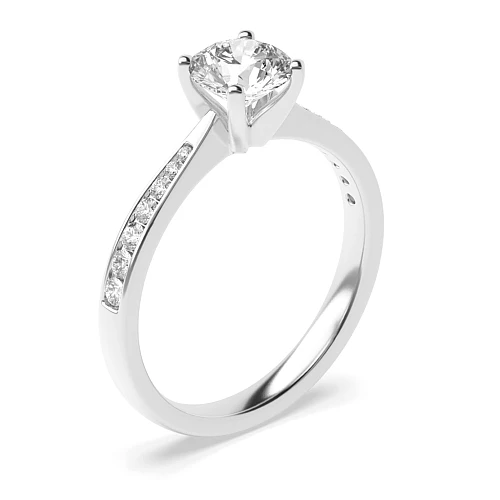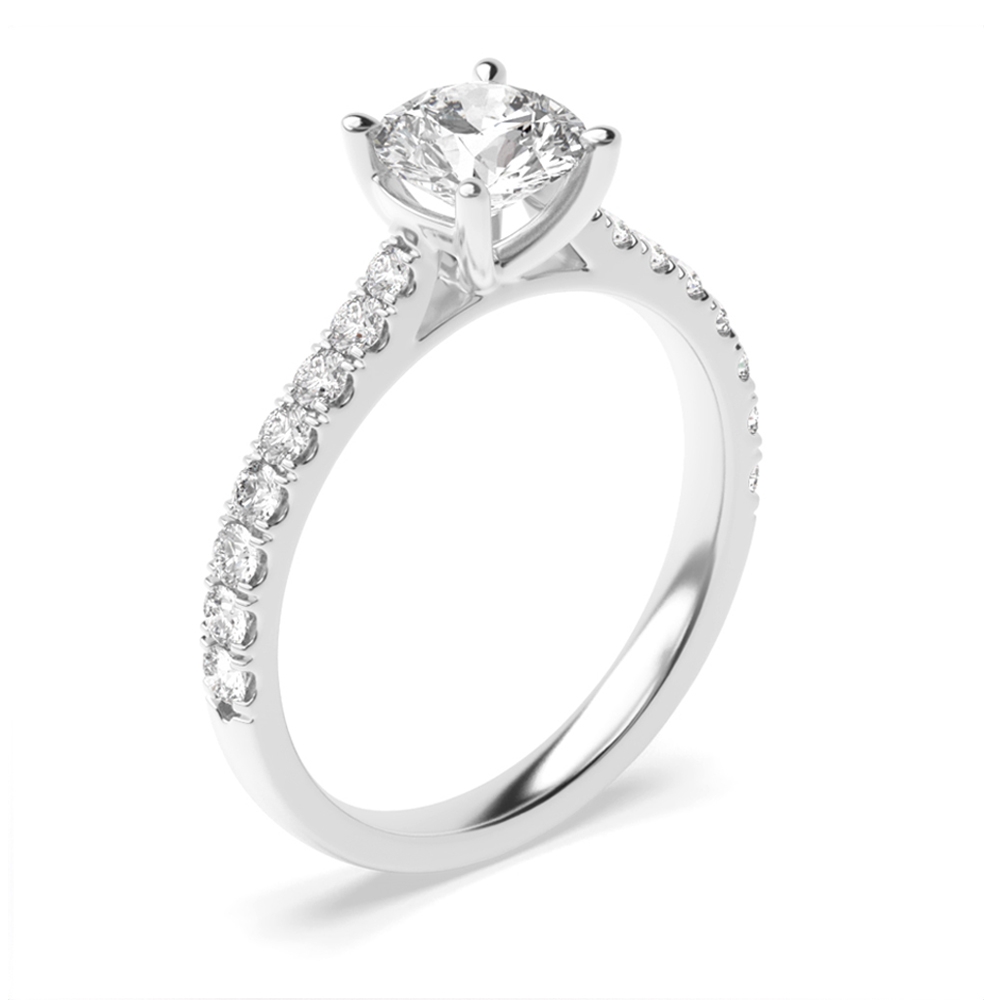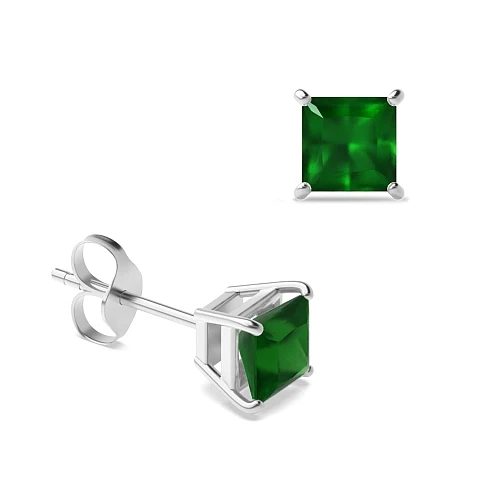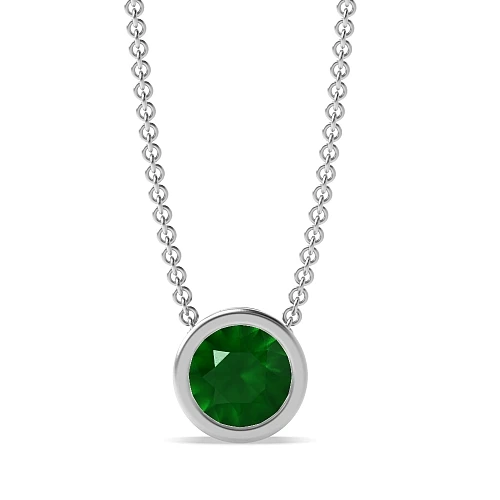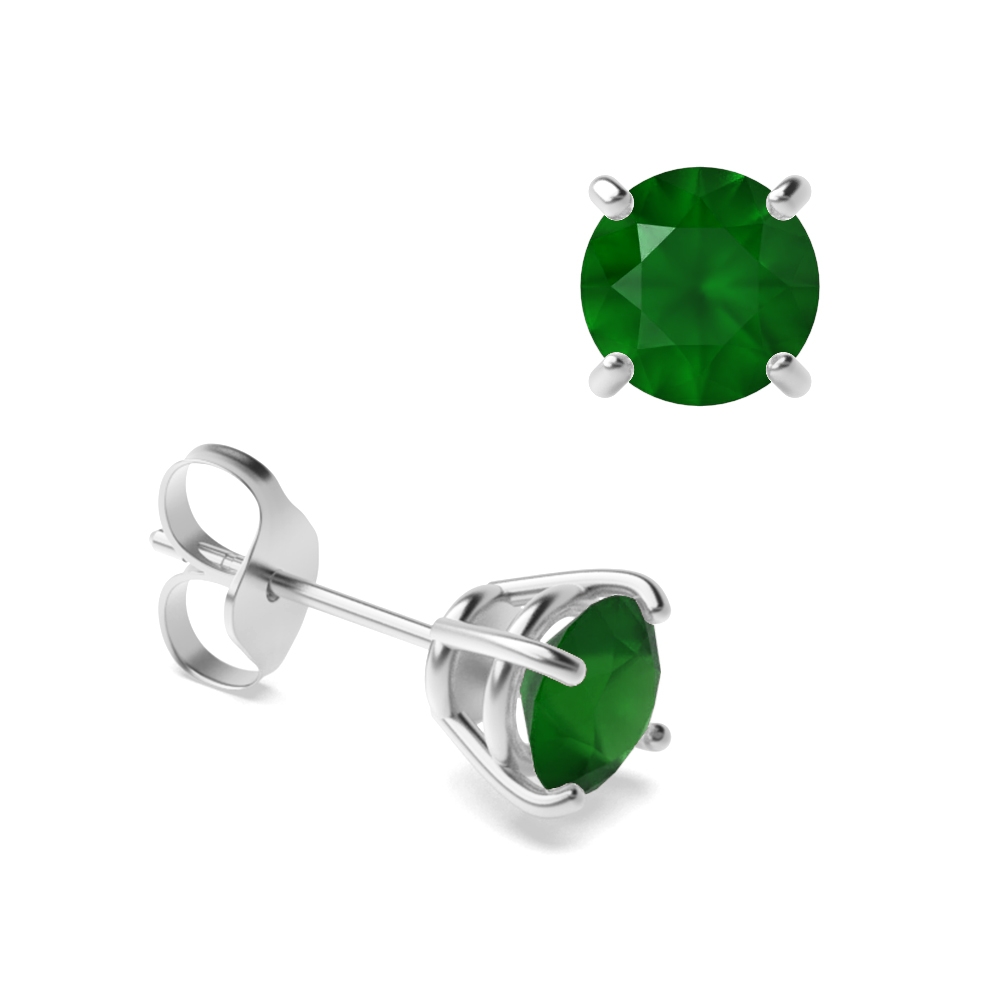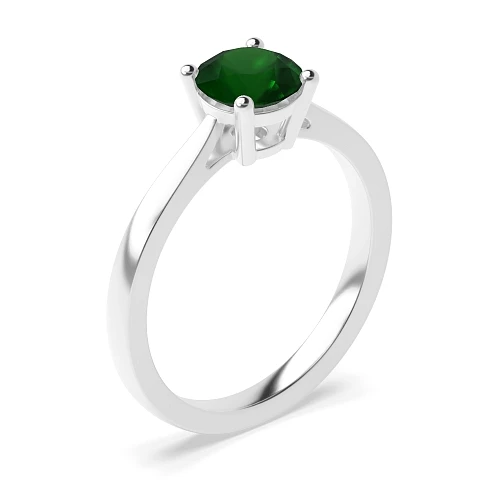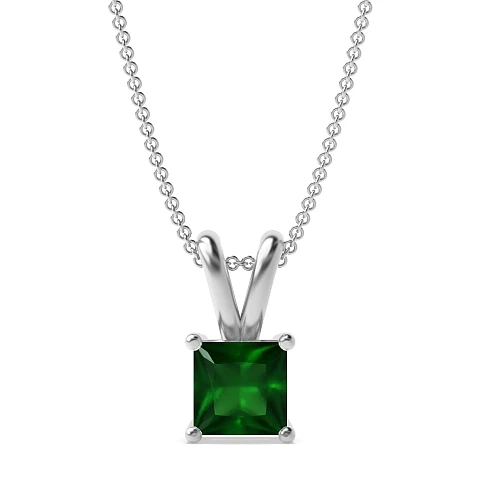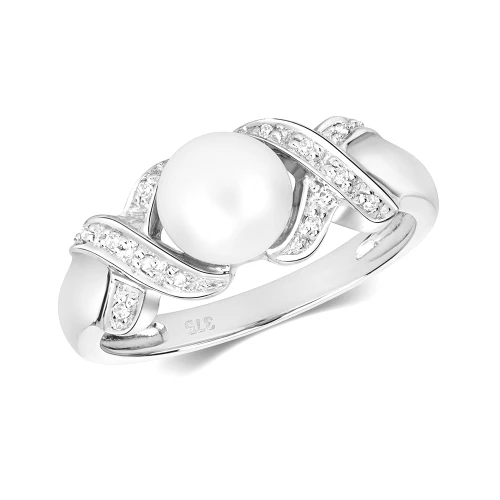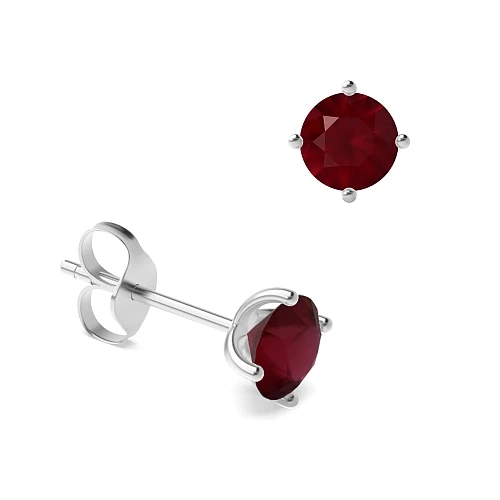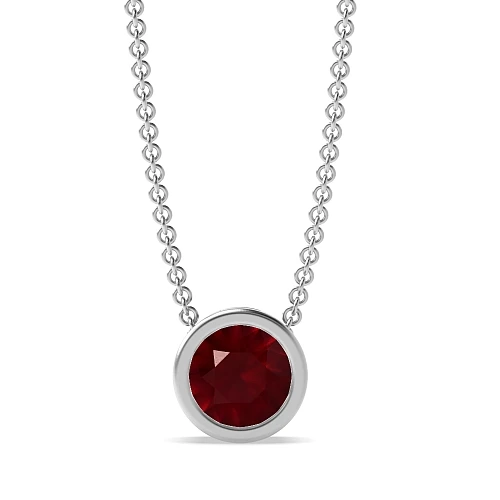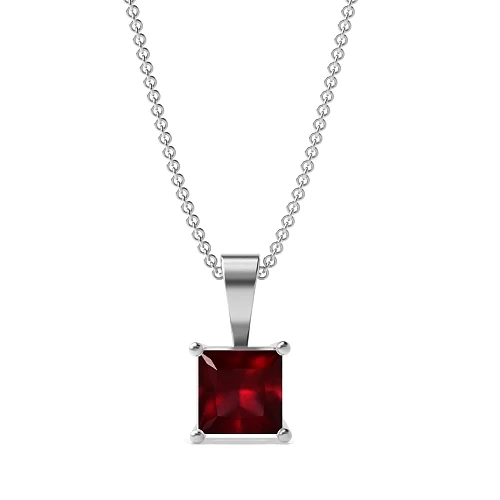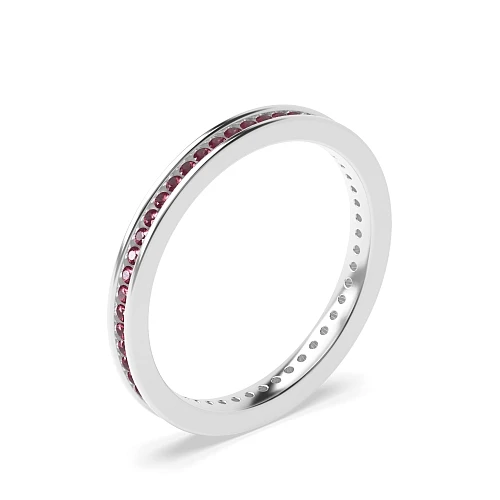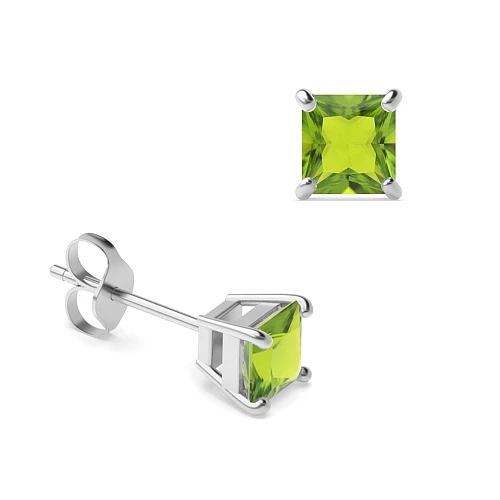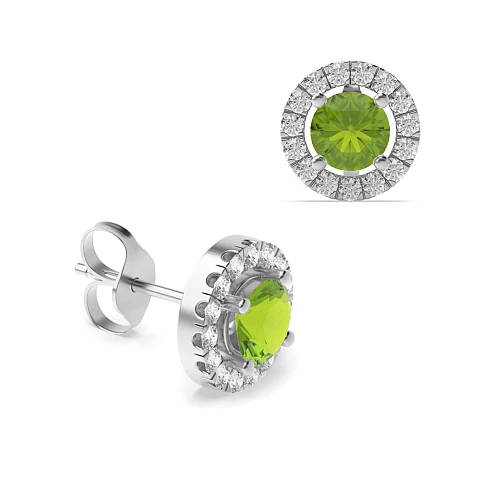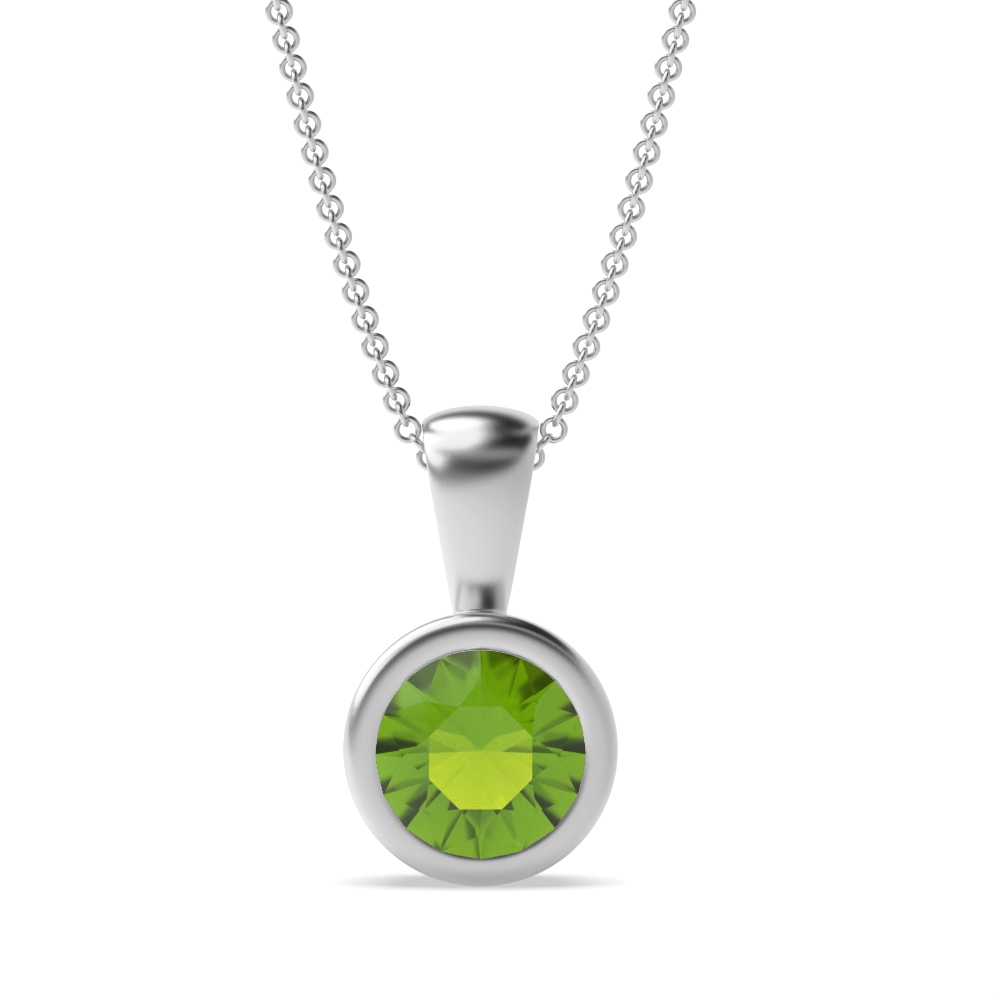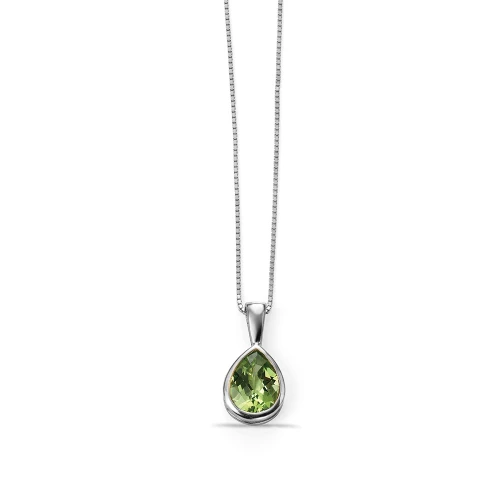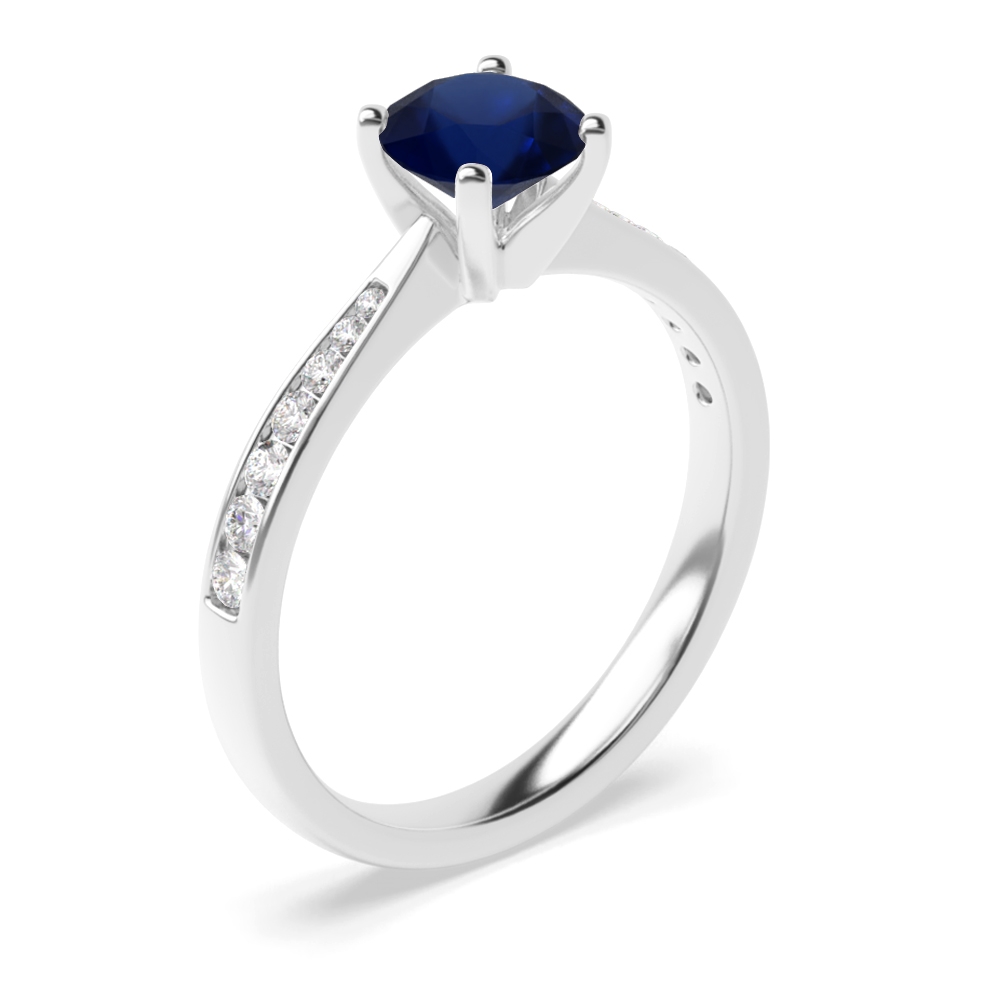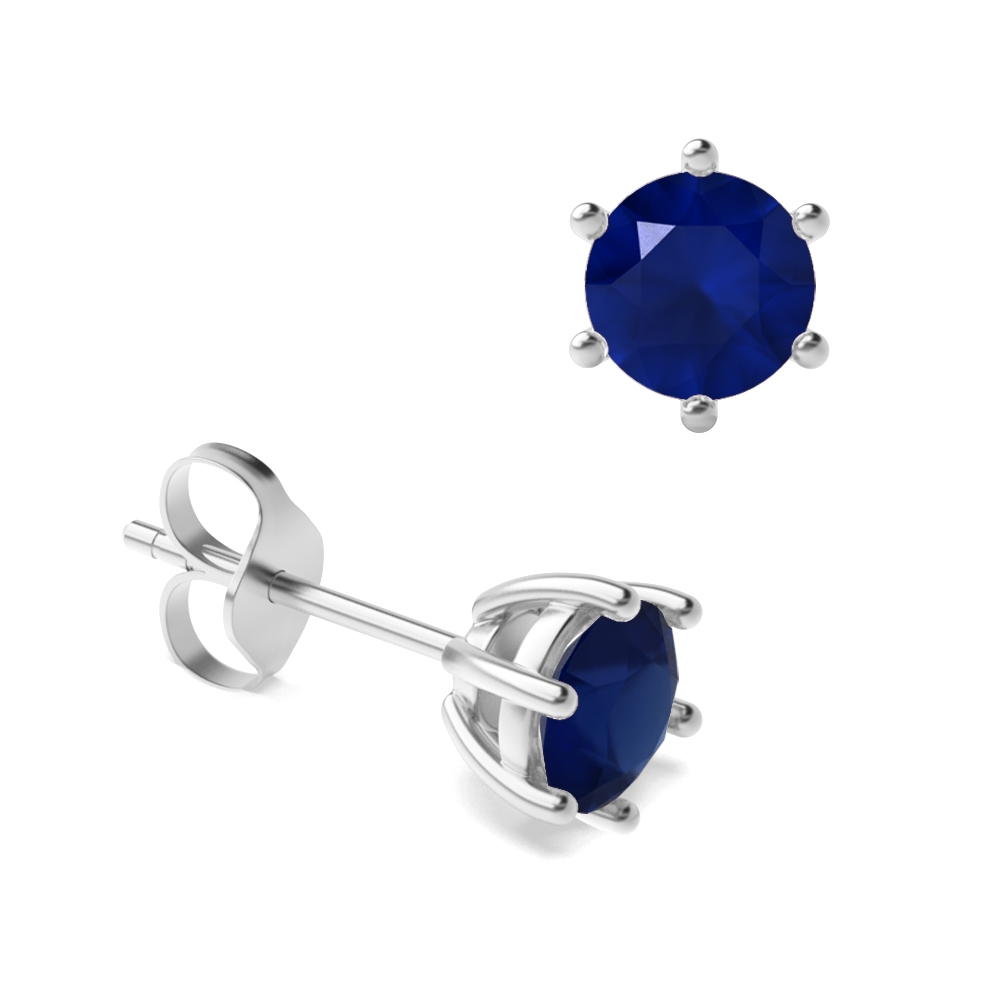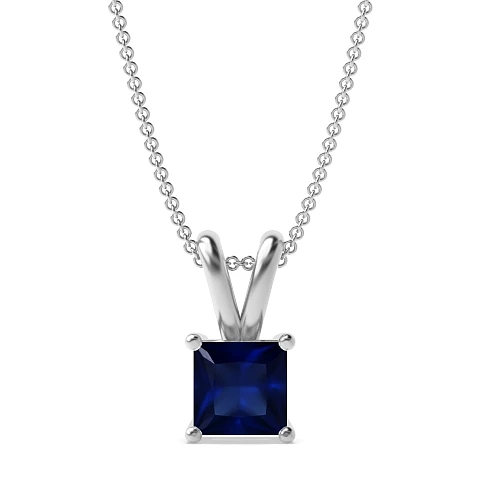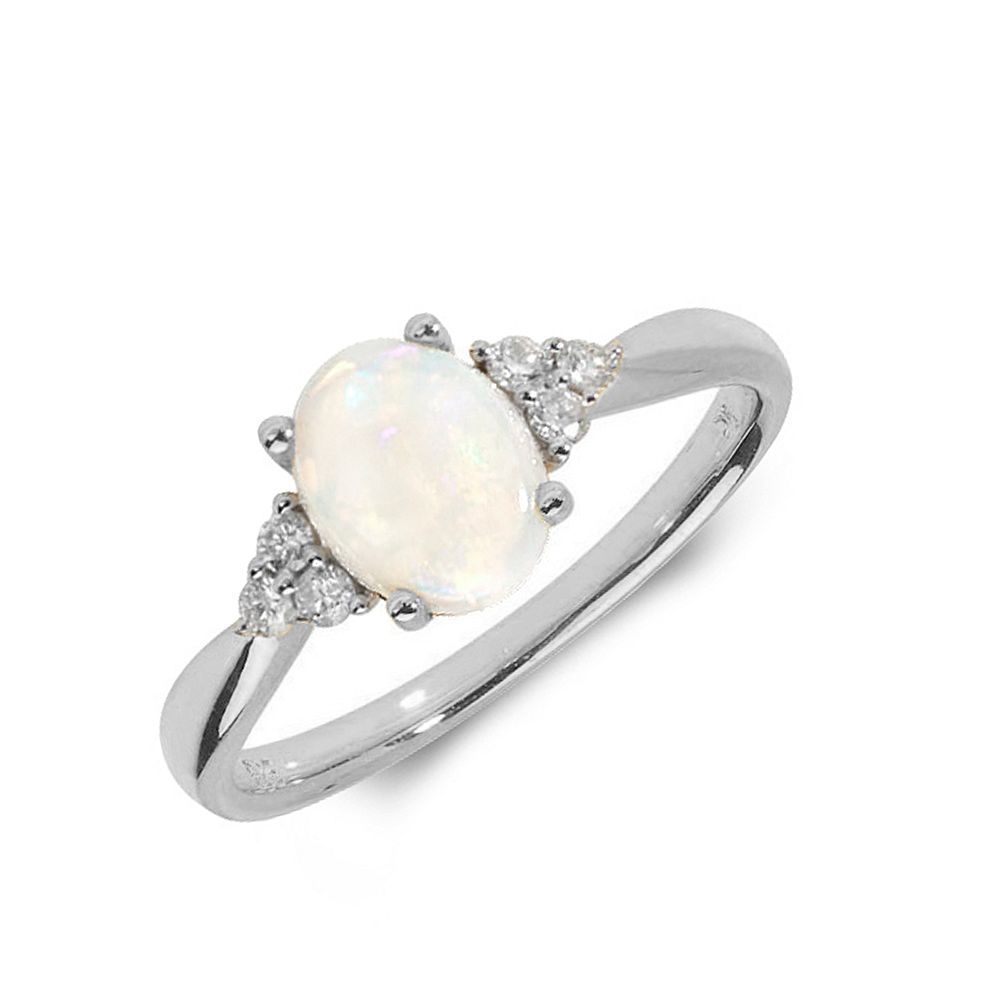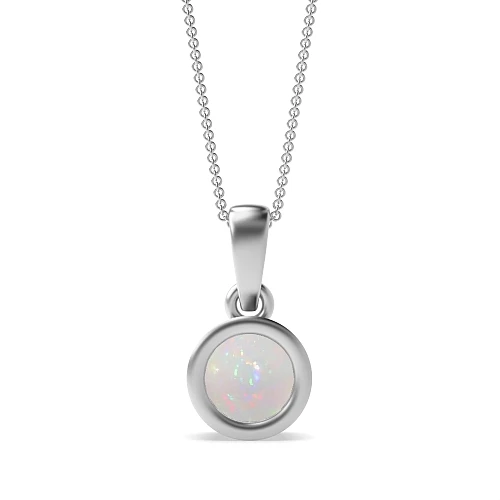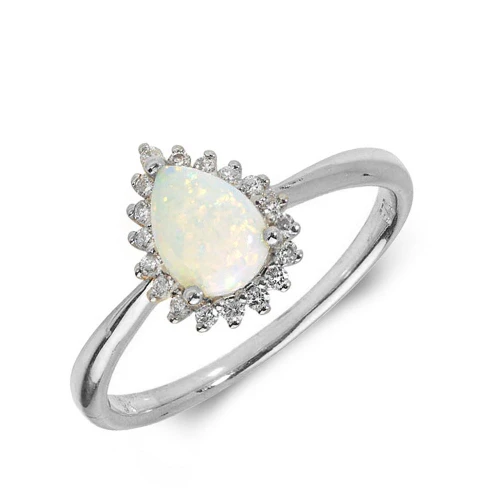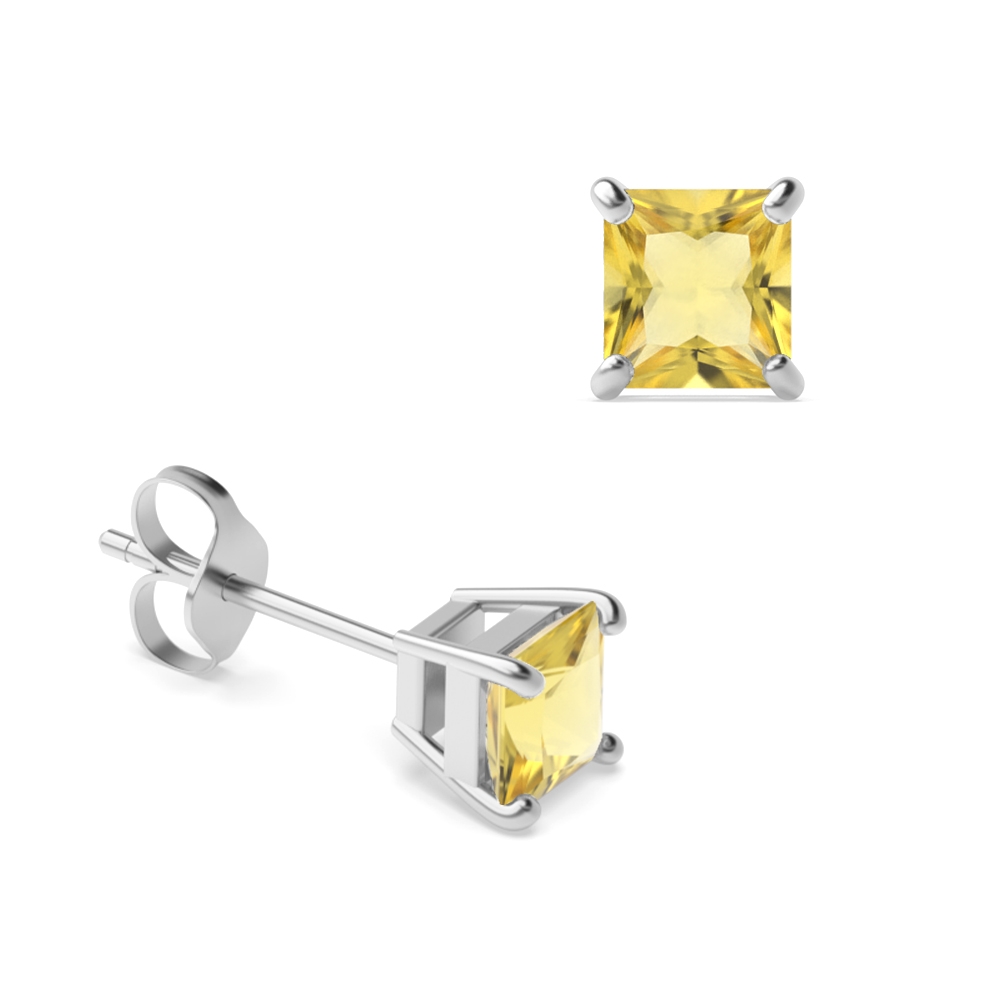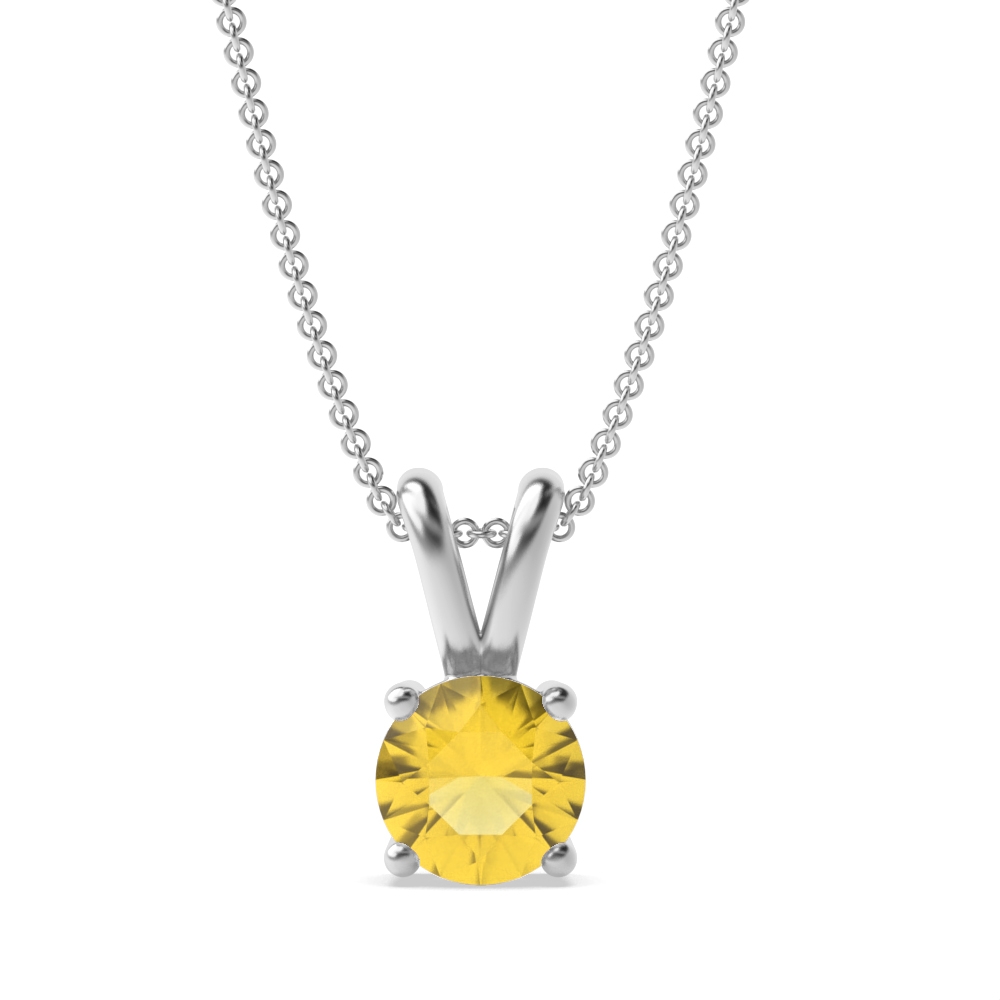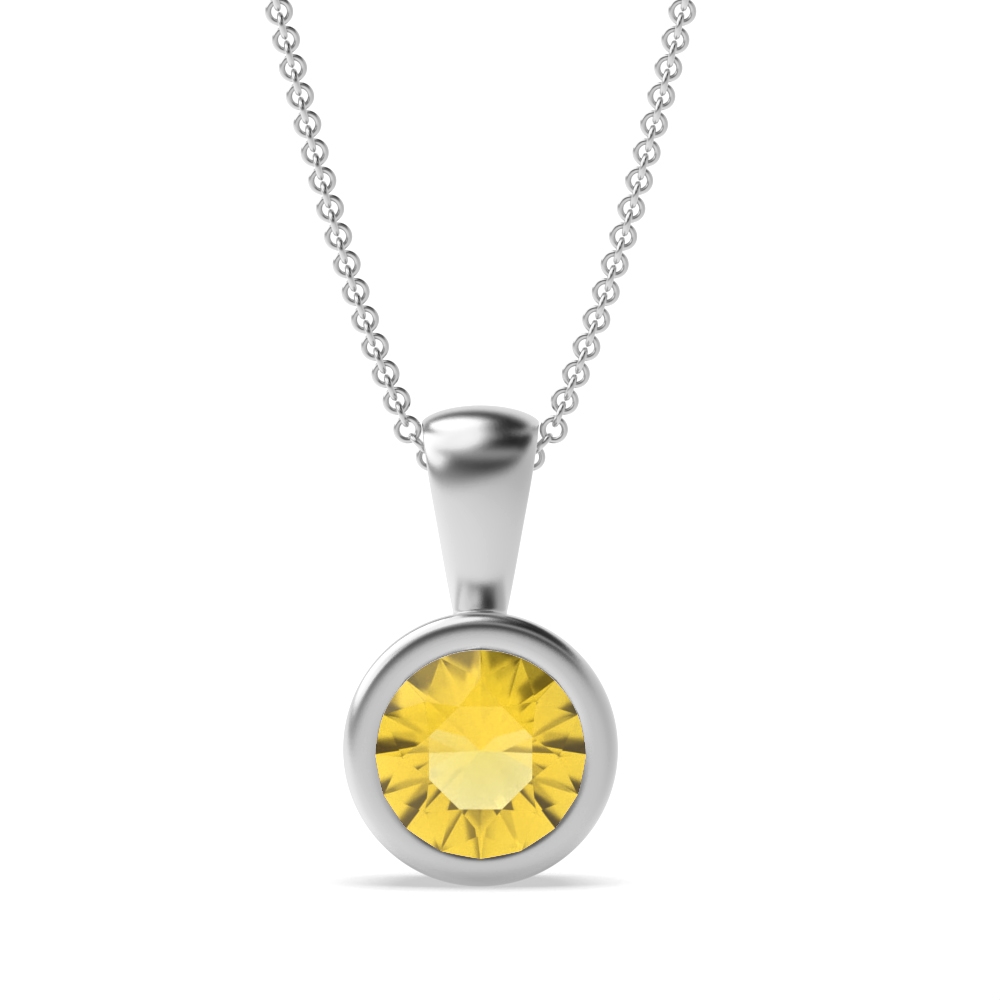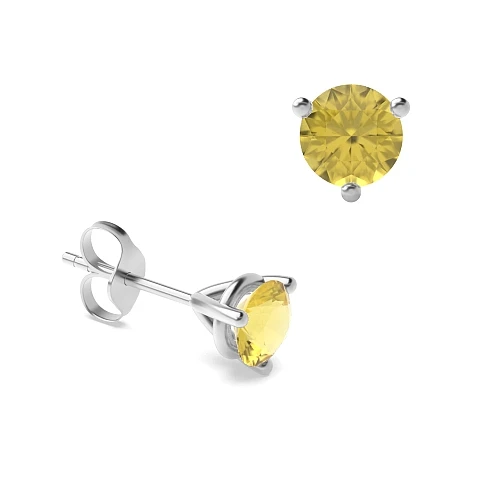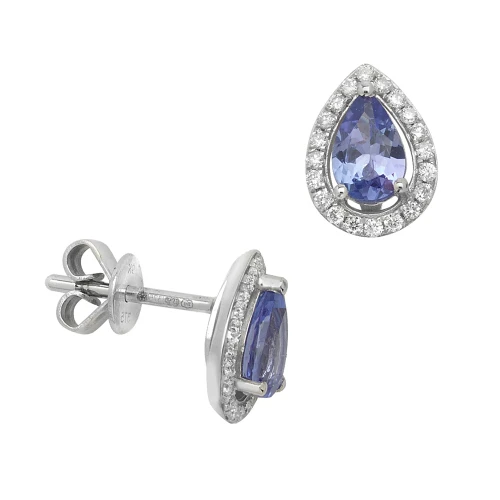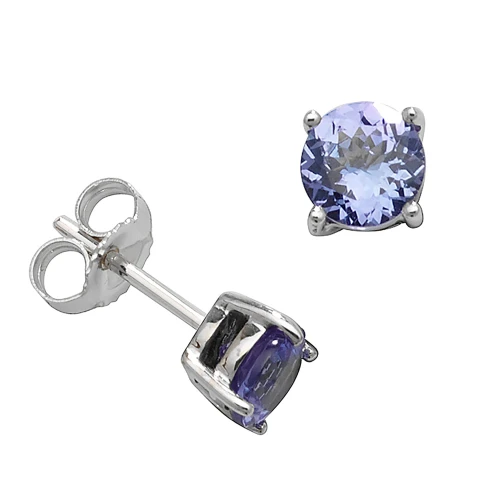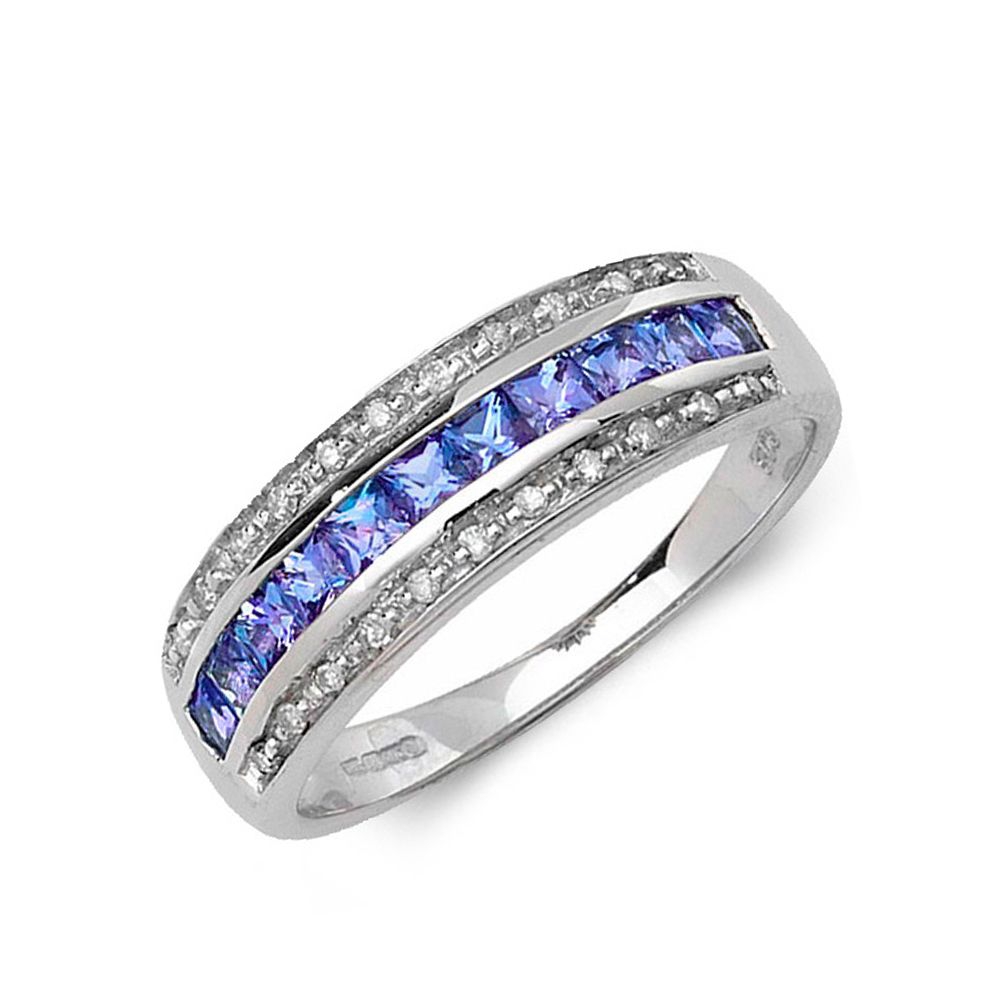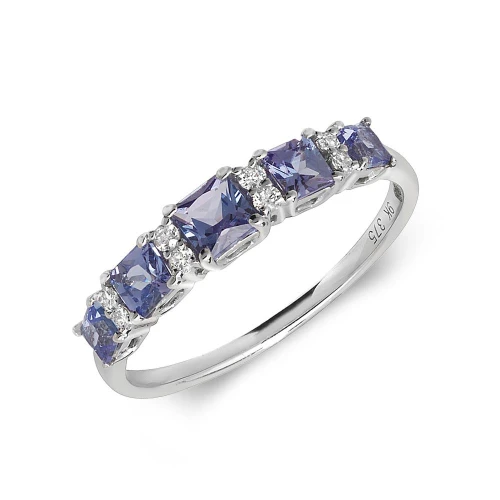Gemstone Guide
If you have ever shopped for diamonds, you would have certainly heard the word ‘carat’ often enough. It’s the one thing that people quote and talk about above all else, but what does it mean when you start looking for a stone that will be with you for a lifetime?
What does Carat Mean in Diamonds?
The term carat dates back to ancient India, the birthplace of the world’s diamond trade. Sellers and traders used the consistency of size and weight of the tiny carob seed to define a new significance and measure, specifically, for the precious stones we now call diamonds.
The carat of a diamond is simply how much it weighs. The more carats (, the heavier) a diamond is, the more valuable it will be. But it is important to note that things like the skill of the cut and the intrinsic quality of the stone will alter the value, and so it is not expressed by the carat alone.
For precision, a carat is divided into 100 points. So 0.40 carats would be 40 points of a single carat. For ease of comparison, 1 carat is equal to 0.2 grams. We are telling you right away how valuable these highly sought-after precious stones are.
Diamond carat to MM size conversion Chart
GARNET OVERVIEW
The Garnet is a set of closely related minerals forming a group, existing in almost every colour range.
Outstanding
- - The Gemstone is mainly obtained from Tsavo Park. The tsavorite garnet is mined in Kenya near the Tsavor National Parl by Campbell Bridges
- - The Russian Jeweler Faberge is known to have created outstanding jewellery designs with the demantoid garnet
- - A red garnet necklace found in a gave in Egypt is said to be more than 5,000 years old.
Technical Facts
- Mineral: Garnet Group
- Chemistry:
- Almandine- Fe3Al2(SiO4)3
- Andradite- Ca3Fe2(SiO4)3
- Grossular- Ca3Al2(SiO4)3
- Pyrope- Mg3Al2(SiO4)3
- Rhodolite- (Mg, Fe)3Al2(SiO4)3
- Spessartine- Mn3Al2(SiO4)3
- Colour: All colours
- Refractive index: 1.714-1.888
- Birefringence: None
- Specific gravity: 3.47-4.15
- Mohs Hardness: 6.5-7.5
AMETHYST OVERVIEW
The beautiful purple colour comes from a variation of quartz, often found in large six-sided crystal shapes. The Amethyst is mostly found in African and South American mines.
Outstanding
- - St. Valentine the patron of love is said to have worn an amethyst ring carved with the image of Cupid
- - Camillo Leonardi the astrologist believed that the amethyst supports intelligence and removes evil thoughts
- - A single amethyst crystal can be gigantic, the GIA Museum displayed a crystal that weighed 164 pounds.
Technical Facts
- Mineral: Quartz
- Chemistry: SiO2
- Colour: Purple
- Refractive index: 1.544 to 1.553
- Birefringence: 0.009
- Specific gravity: 2.66
- Mohs Hardness: 7
AQUAMARINE OVERVIEW
The gemstone, named after the seawater has a special light blue sometimes blue to greenish hue. Its colour variation is from the mineral beryl and sometimes can be found in a large crystal shape big enough to cut more than 100 carats.
Outstanding
- - The largest aquamarine in gem-quality mined so far weighed 110 kilograms and was 19 inches long
- - Aquamarine consists of the mineral beryl as does the Emerald
- - The gem is mined at over 15,000 feet height in the Karakoram Mountains in Pakistan
Technical Facts
- Mineral: Beryl
- Chemistry: Be3Al2Si6O18
- Colour: Greenish blue, Light in tone
- Refractive index: 1.577 to 1.583
- Birefringence: 0.005 to 0.009
- Specific gravity: 2.72
- Mohs Hardness: 7.5 to 8.0
DIAMOND OVERVIEW
The hardest natural element is known to be amongst the most precious and beautiful creations found in nature. It only exists of one element, carbon and they are billions of years old as they are in the deep surface of the earth.
Outstanding
- - The diamond is 58 times harder than anything else that can be found in nature
- - The star “Lucy” in the sky is fifty light years away from Earth and said to be a 10 billion-trillion-trillion-carat diamond
- - 1 in 1,000,000 (million) is the average ratio of diamonds to rocks in diamond mines
Technical Facts
- Mineral: Diamond
- Chemistry: C
- Colour: Colorless
- Refractive index: 2.42
- Birefringence: None
- Specific gravity: 3.52 (+/-0.01)
- Mohs Hardness: 10
EMERALD OVERVIEW
The Emerald known for its distinct colour variation of green to bluish-green is the most valued type of the mineral beryl. Also found in Aquamarine. The Emerald was once cherished in ancient times by Inca Kings, Pharaos and Spanish conquistadors.
Outstanding
- - The oldest emeralds are said to be 2.97 billion years old and are from South Africa
- - Cleopatra is one of the most known Pharaos who had a passion for emeralds
- - Elizabeth Taylor’s emerald pendant was sold for $6,578,500 in 2011. That is about $280,000 per carat.
Technical Facts
- Mineral: Beryl
- Chemistry: Be3Al2Si6O18
- Colour: Vibrant green
- Refractive index: 1.577 to 1.583
- Birefringence: 0.005 to 0.009
- Specific gravity: 2.72
- Mohs Hardness: 7.5 to 8.0
PEARL OVERVIEW
The organic gemstone is known for its subtle coloured shine and warm-to-touch feeling. Pearls grow naturally in the bodies of marine and freshwater molluscs, sometimes cultures by people with care. The pearl is especially popular as a necklace and stands for the baroque time.
Outstanding
- - The first time pearls were mentioned in literature was in 2206 before Christi by a Chinese historian.
- - 653 Fifth Avenue a villa in New York City was given to Pierre Cartier in exchange for a double strand of natural pearls in 1917
- - In 1893 the first pearl was cultured successfully by Kokichi Mikomoto in Japan
Technical Facts
- Mineral: Calcium Carbonate
- Chemistry: CaCO3
- Colour: White, black, grey, yellow, orange, pink, lavender, green, blue
- Refractive index: 1.52-1.69
- Specific gravity: 2.60-2.85
- Mohs Hardness: 2.5-3.0
RUBY OVERVIEW
The rich red colour of the ruby comes from traces of chromium in a variation of corundum mineral. It is the most valuable corundum mineral, another gemstone in this family includes the Saphire. The gemstone has been valued for generations and is known as the “king of precious stones’ in ancient Sanskrit.
Outstanding
- - The ruby is often called Ratnaraj, which is Sanskrit, meaning the king of gems
- - Mogok is Myanmar’s famous valley of rubies, the origin of many spectacular and globally famous gems.
- - A 25.29-carat ruby ring sold for $32.4 Million in 2015. Setting the new world record at auction for a coloured gemstone. The price was about $1,266,901 per carat
Technical Facts
- Mineral: Corundum
- Chemical composition: Al2O3
- Colour: Red
- Refractive index: 1.762 to 1.770
- Birefringence: 0.008 to 0.010
- Specific gravity: 4.00 (+/- 0.05)
- Mohs Hardness: 9
PERIDOT OVERVIEW
The yellow-green colour variation of this gemstone consists of a variation of the olivine mineral. The Perridot is found in extreme natural environments such as Lava, Meteorites or deeper parts of the earth's mantle.
Outstanding
- - 4.5 Billion years old are some peridots, due to pallasite meteorites where they can be found. Results of solar systems birth.
- - In 2005 the gem was found in stardust brought back from a robotic space probe
- - The gem variation with olivine is found in a peridotite rock from the earth's upper mantle
Technical Facts
- Mineral: Olivine
- Chemistry: (MgFe)2SiO4
- Colour: Yellowish green
- Refractive index: 1.65 to 1.69
- Birefringence: 0.035 to 0.038
- Specific gravity: 3.34
- Mohs Hardness: 6.5 to 7
SAPPHIRE OVERVIEW
The Sapphire is a mix of the corundum mineral, and as long as it is not red (Ruby) all forms and colours are called Sapphire. Depending on the traces of elements the hue varies from blue, yellow, green, orange, pink, and purple and on rare occasions may even show a six-rayed star if cut as a cabochon. The most popular Sapphire is the blue gemstone.
Outstanding
- - The rare sapphires from Kasmir with their intense saturation sets the standard for blue in a sapphire.
- - Also known as Royal Blue, the sapphire engagement rings of Kate Middleton and Princess Diana may be one of the most famous ones.
- - The padparadscha is a rare pinkish-orange sapphire named from the Sinhalese for lotus blossoms
Technical Facts
- Mineral: Corundum
- Chemistry: Al2O3
- Colour: Every colour but red
- Refractive index: 1.762 to 1.770
- Birefringence: 0.008 to 0.010
- Specific gravity: 4.00
- Mohs Hardness: 9
OPAL OVERVIEW
The Opal has a versatile colour range and hue due to the stacked Silica spheres. Its Kaleidoscopic colours are very unique and its colour range and patterns define the value of the Opal.
Outstanding
- - Structured silica spheres of 0.2 microns in size create a red play of colour splashes in the opal
- - Up to 20% of water is trapped inside the silica structure of the opal
- - In 1829 the novel “Anne of Geierstein” gave the gem a reputation for being unlucky
Technical Facts
- Mineral: Hydrated Silica
- Chemistry: SiO2•nH2O
- Colour: All colours
- Refractive index: 1.37-1.47
- Birefringence: None
- Specific gravity: 2.15 (+0.08, -0.90)
- Mohs Hardness: 5 to 6.5
TOPAZ OVERVIEW
The Topaz exist in a range of colours, the colourless type is treated to icy blue very common in the market. Other ranges such as pink to red, purple and bold orange colours are less common and described as one-of-a-kind gemstones.
Outstanding
- - The discovery of the imperial topaz was celebrated in Portugal in 1768
- - A transparent topaz crystal with a weight of 271 Kilos has been discovered in Minas Gerais, Brazil.
- - 10 megavolts is the amount of energy in a colourless topaz needed that can create a sky-blue colour
Technical Facts
- Mineral: Topaz
- Chemistry: Al2(F,OH)2SiO4
- Colour: Yellow, orange, brown, pink to red to purple red, blue, light green and colourless
- Refractive index: 1.619 to 1.627
- Birefringence: 0.008 to 0.010
- Specific gravity: 3.53
- Mohs Hardness: 8
TANZANITE OVERVIEW
The blue-to-purple colour variation of the mineral zoisite was named after Tanzania, the country where it was discovered in the 1970s. So far it can only be found in one place on earth, in the area close to Mount Kilimanjaro. It become one of the most popular coloured gemstones since its discovery.
Outstanding
- - The only source of the tanzanite is the hills of Merelani in northern Tanzania
- - In 1967, Ali Juuyawatu a Masai tribesman was credited to have found the first tanzanite crystal
- - If you turn a tanzanite you will see 3 different colours in 3 crystal directions, also called pleochroic
Technical Facts
- Mineral: Zoisite
- Chemistry: Ca2Al3(SiO4)3(OH)
- Colour: Violet blue to bluish violet to violet purple
- Refractive index: 1.691 to 1.700
- Birefringence: 0.008 to 0.013
- Specific gravity: 3.35
- Mohs Hardness: 6 to 7
